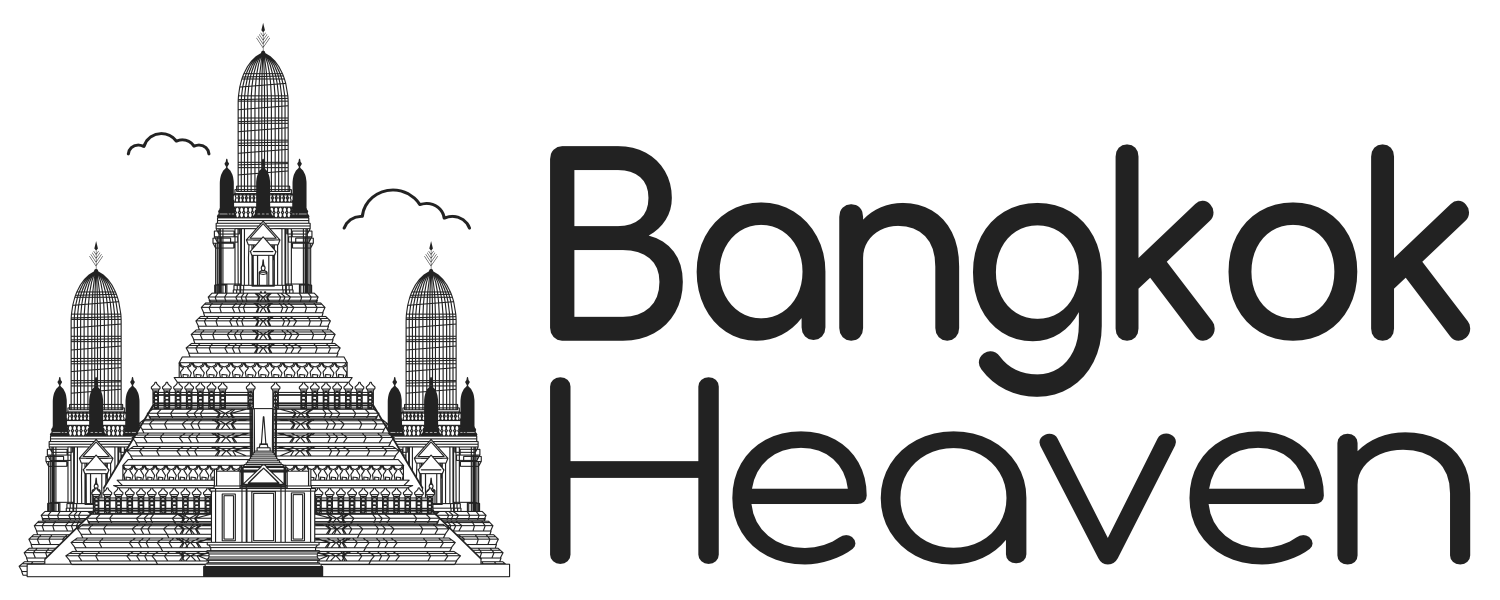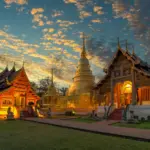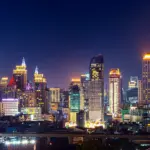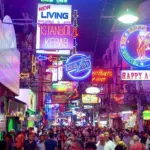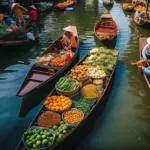Exploring the Rich History of Bangkok: Top Historical Sites to Visit
Bangkok, the vibrant capital of Thailand, is not only known for its bustling streets and vibrant nightlife but also for its deep historical roots. From grand palaces to ancient temples, Bangkok offers a fascinating journey into Thailand’s past. Here are some of the top historical sites in Bangkok that you should add to your travel itinerary.
1. The Grand Palace
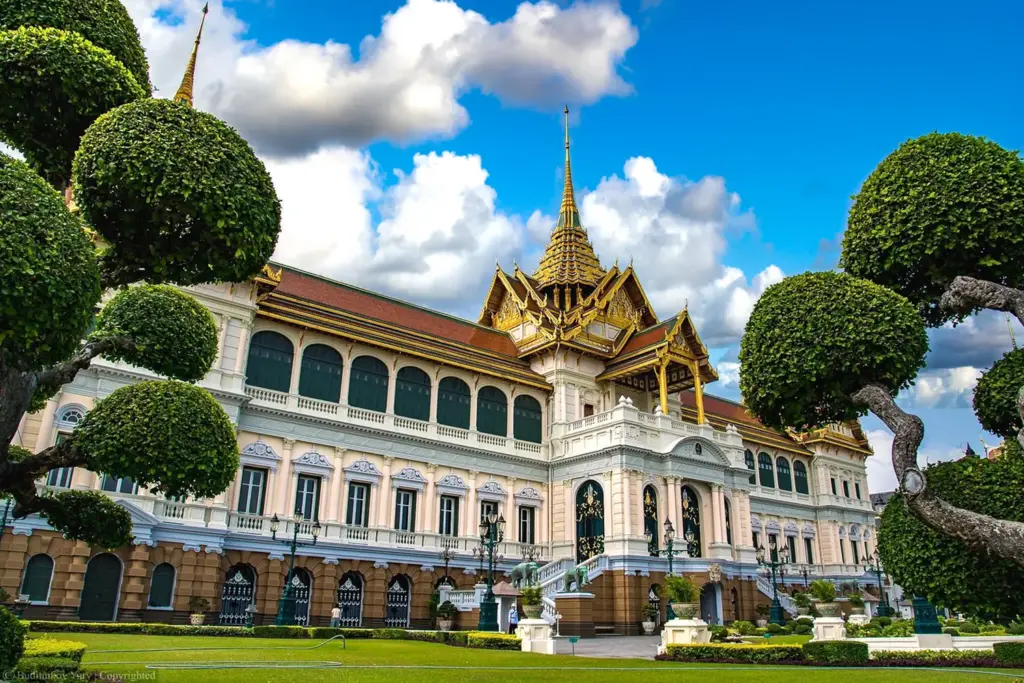
The Grand Palace is perhaps the most famous landmark in Bangkok. Built in 1782, it served as the royal residence of Thai kings for over 150 years. The palace complex houses a variety of halls, pavilions, gardens, and courtyards, each showcasing intricate architecture that reflects traditional Thai style.
The central feature of the Grand Palace is the Wat Phra Kaew, or the Temple of the Emerald Buddha, which is regarded as the most sacred temple in Thailand. The Buddha statue is carved from a single block of jade and is highly revered by locals and tourists alike.
2. Wat Pho (Temple of the Reclining Buddha)
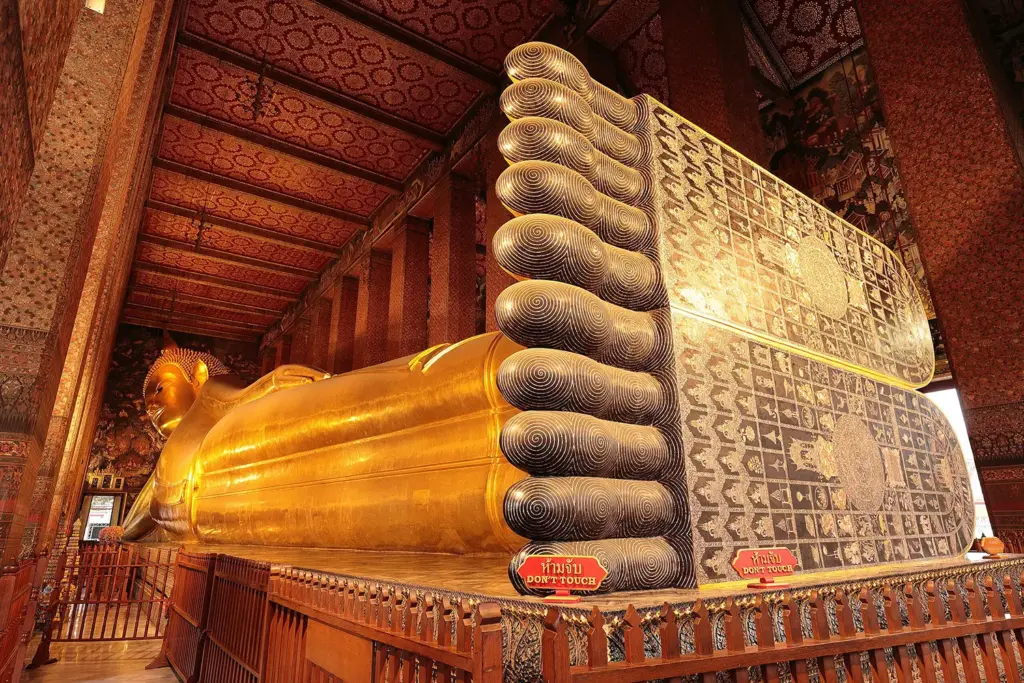
Just a short walk from the Grand Palace, Wat Pho is one of Bangkok’s largest and oldest temples. It’s famously known for the enormous reclining Buddha statue that measures 46 meters long and 15 meters high. Wat Pho is also considered the birthplace of traditional Thai massage.
The reclining Buddha is covered in gold leaf and has intricate designs on the soles of its feet, representing 108 auspicious symbols. The temple complex also features numerous stupas, courtyards, and traditional Thai pavilions, offering a serene atmosphere amidst the city’s hustle.
3. Wat Arun (Temple of Dawn)
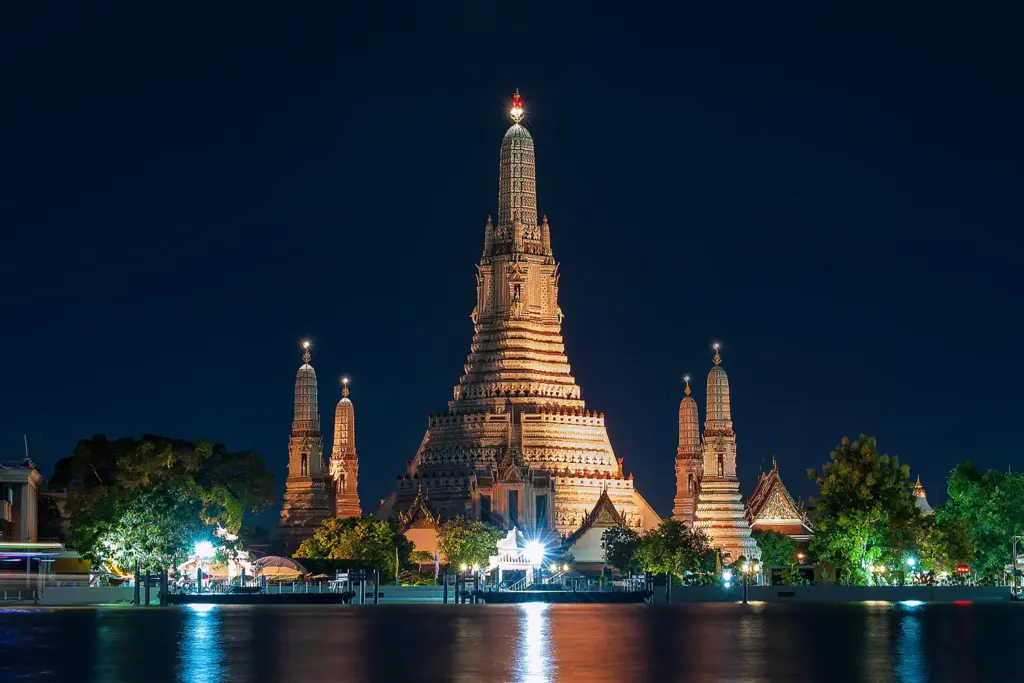
Wat Arun is one of Bangkok’s most iconic temples, beautifully situated along the Chao Phraya River. It’s known as the Temple of Dawn because of the stunning way it reflects the morning light. This temple’s central spire, or prang, is covered in colorful porcelain and seashells, making it a unique sight.
Climbing the steep stairs of Wat Arun offers panoramic views of the river and the city. The temple is especially breathtaking at sunset when the entire structure glows in golden hues. It’s an ideal spot for photographers and history enthusiasts alike.
4. Wat Saket (The Golden Mount)

Wat Saket, or the Golden Mount, is a unique temple built atop an artificial hill. It has a gleaming golden chedi (stupa) that can be seen from afar. The temple dates back to the Ayutthaya era but was renovated during King Rama I’s reign in the late 18th century.
Climbing the 318 steps to reach the top offers not only a spiritual experience but also a chance to enjoy panoramic views of Bangkok. The temple is particularly popular during the annual Loy Krathong festival, when it is beautifully illuminated, and locals come to offer flowers and candles.
5. Jim Thompson House
Unlike the temples, the Jim Thompson House is a historic museum that showcases traditional Thai architecture and art. Jim Thompson was an American entrepreneur who is credited with revitalizing the Thai silk industry in the mid-20th century. His house is made up of six traditional Thai-style houses, which were transported from various parts of Thailand.
Visitors can explore Thompson’s extensive collection of Asian art, including rare paintings, sculptures, and antiques. The lush gardens surrounding the house add to its serene atmosphere, making it a perfect retreat from the busy city.
6. Vimanmek Mansion
Built in 1900 by King Rama V, Vimanmek Mansion is the world’s largest golden teakwood building. This grand mansion served as a royal residence and now functions as a museum showcasing royal artifacts and personal items of King Rama V.
The mansion offers a glimpse into the lifestyle of Thai royalty during the early 20th century. Visitors can explore the various rooms, each decorated with exquisite furniture, European porcelain, and Thai antiques. The architecture itself is a blend of Thai and Western styles, reflecting the king’s openness to modernization.
7. Bangkok National Museum
For a comprehensive understanding of Thai history and culture, the Bangkok National Museum is a must-visit. Opened in 1874, it is one of the largest museums in Southeast Asia and houses an extensive collection of Thai art and artifacts.
The museum displays a wide range of exhibits, including prehistoric artifacts, traditional musical instruments, royal funerary carriages, and religious art. The museum is divided into three main areas, each focusing on different periods of Thai history, making it an educational experience for all ages.
8. Wat Mahathat
Wat Mahathat is one of Bangkok’s oldest temples and is home to Thailand’s largest monastic university. The temple holds significant importance in Thai Buddhism and regularly hosts meditation sessions for locals and tourists alike.
The temple complex is vast, with various halls, chedis, and gardens. It’s particularly known for its weekend amulet market, where vendors sell Buddhist amulets and other religious items. Wat Mahathat offers a peaceful atmosphere and is ideal for those looking to experience the spiritual side of Bangkok.
9. Democracy Monument
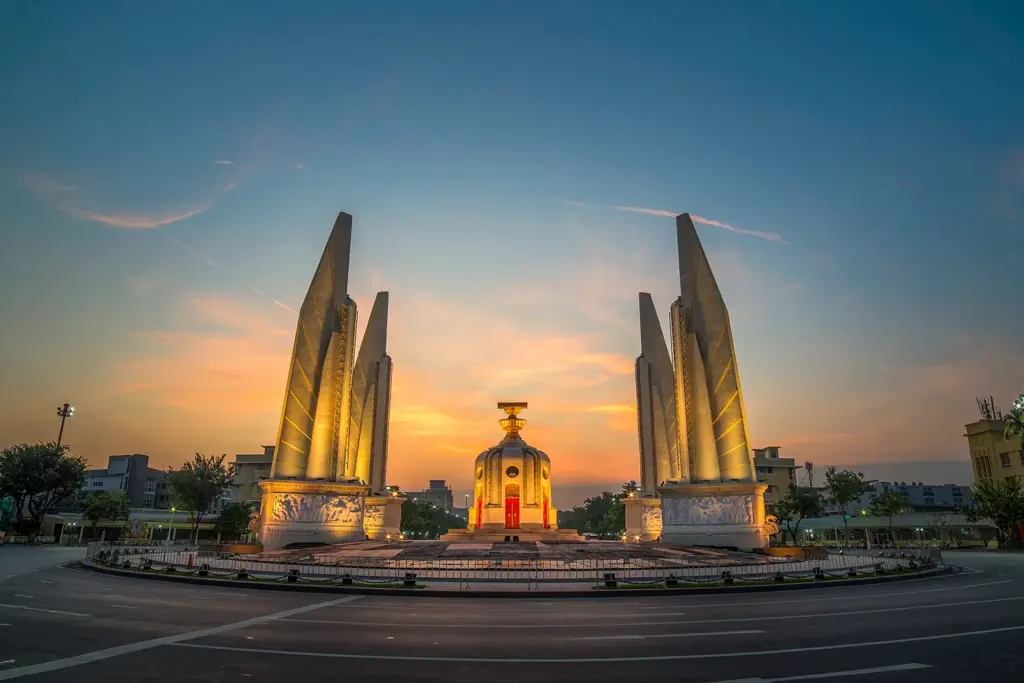
Located on Ratchadamnoen Avenue, the Democracy Monument commemorates Thailand’s transition to a constitutional monarchy in 1932. The monument is steeped in symbolism, with each aspect representing different aspects of democracy and freedom.
The surrounding area is filled with historical buildings, cafes, and shops. Visitors can explore the area on foot and learn more about the country’s modern history and political struggles.
10. Dusit Palace Complex
The Dusit Palace Complex was established by King Rama V and consists of several European-style buildings surrounded by lush gardens. The main attraction is the Ananta Samakhom Throne Hall, which is a blend of Renaissance and Neo-Classic architectural styles.
The throne hall features intricate marble work and stunning frescoes. The palace complex also houses the Abhisek Dusit Throne Hall, which displays exquisite Thai handicrafts. It’s a great place to explore the fusion of Western and Thai architectural influences.
These sites offer a captivating journey through Bangkok’s history, from ancient temples to modern monuments. Exploring them will provide you with a deeper understanding of Thailand’s cultural heritage and the unique blend of influences that have shaped its capital city.
I hope this gives you a solid starting point for your article! Let me know if you’d like more detail on any of these points or if you’d like to include additional places.
